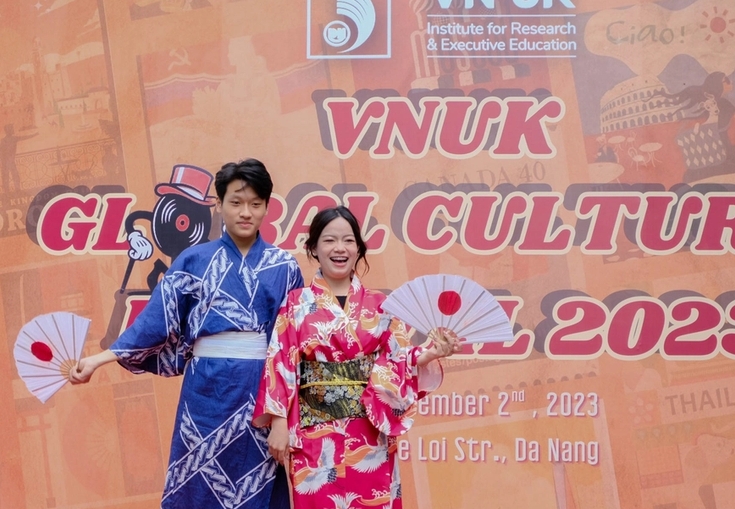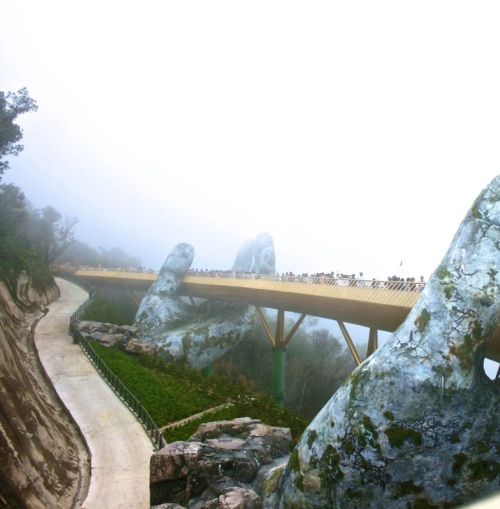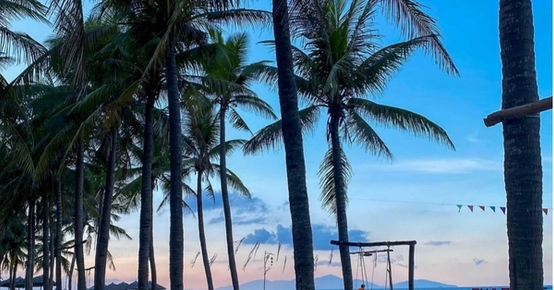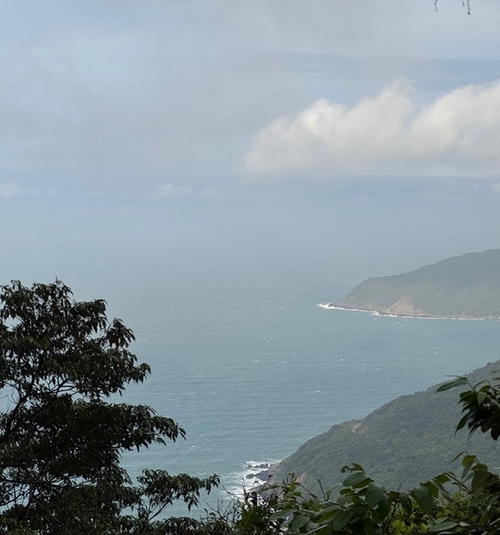
Study in Vietnam
In Vietnam you can experience ancient traditions and culture side by side with modern and international impulses. The two cities Hoi An and Danang each offer unique experiences - and after the semester, you will have the opportunity to travel and see everything the country has to offer, from hectic Ho Chi Minh City in the south to beautiful Ha Long Bay in the north. Complicated, beautiful and diverse Vietnam is sure to leave a deep impression on you.
Study programmes
See allWhy study in Vietnam?
Immerse yourself in a complex and diverse culture
Witness a country in rapid development
Explore stunning natural landscapes
Study development or economics in relevant environments

Scholarship opportunities
Are you a Vietnamese national and wish to take part in the Development studies programme?
Each semester, we offer a select few local students the opportunity to take part in the course through our scholarship programme.
Hoi An
In the UNESCO town of Hoi An, we offer Development Studies 1. Known as the City of Lanterns, Hoi An is an unforgettable town with ancient buildings that reflect its past as a significant trading post. At the same time, Hoi An buzzes with life, offering a vibrant cultural experience.
Explore the town's many restaurants that feature cuisine from around the world, cycle to the nearby beach, or attend the captivating full moon festival. The Imperial City of Hue and the Cham Island are two of the many remarkable destinations located nearby, providing many opportunities for exploration and adventure.
Our local manager Vinh presents Hoi An

- Vietnam
- Development Studies 1
- Inspiration
Hoi An seen through local eyes
Da Nang
Read what seminar leader Marie says about Da Nang

- Vietnam
- Business Management
- Experiences
Da Nang: A "small metropolis"
In Da Nang, Vietnam's third-largest city, we are excited to offer a business administration study program for the first time in 2025. This "little metropolis" presents a less chaotic atmosphere than Hanoi and Ho Chi Minh City, but it is still just as exciting to explore.
Da Nang's unique blend of urban life, one of Vietnam's most beautiful beaches, and easy access to nature has earned it the reputation as one of the best cities to live in the entire country. Discover a rich selection of bars, restaurants, gyms, concert venues, cinemas, and shopping, all providing a vibrant and diverse lifestyle for students.























